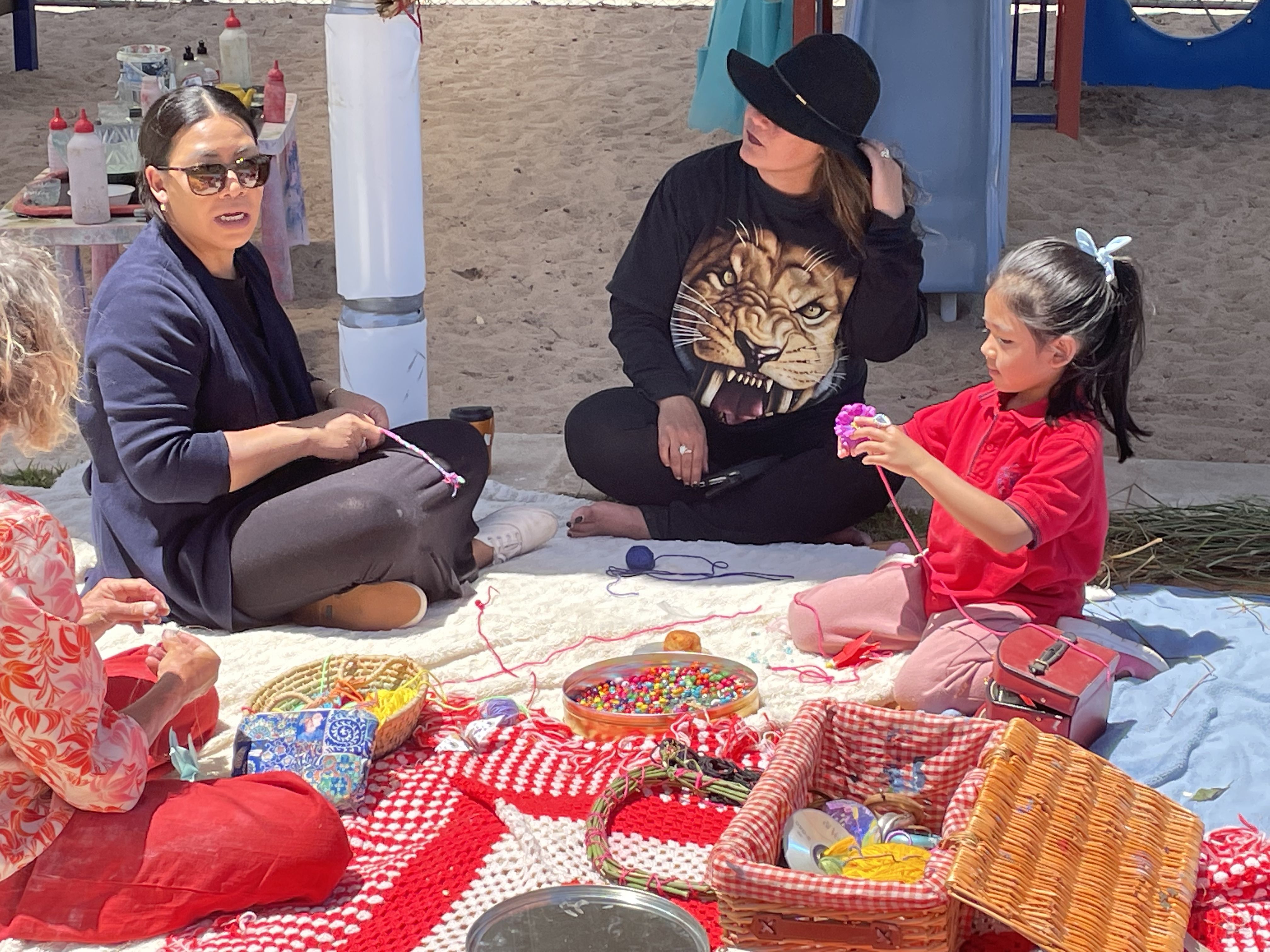Early Years Partnership — Central Great Southern
Including the Shires of Katanning, Kojonup, Gnowangerup and Broomehill-Tambellup.
Improving children’s well-being and school readiness in Central Great Southern
The Early Years Partnership Board chose the Central Great Southern as our regional community partner. This includes the Shires of Katanning, Kojonup, Gnowangerup, and Broomehill-Tambellup.
Central Great Southern was chosen because it demonstrated:
- A need for better outcomes for children under school age and their families
- Sufficiently broad and genuine interest within the community to achieve change, and
- A level of capacity to do so.
A vital selection part involved identifying ‘natural’ communities with boundaries that make sense to residents (as opposed to statistical boundaries developed by the Australian Bureau of Statistics). Considering this, whilst Katanning was identified as the initial community for the Early Years Partnership, the Katanning community requested to include the surrounding Local Government Areas (LGAs) which the Board agreed.
With a commitment to work differently with communities, the Early Years Partnership is designed to deliver the support Central Great Southern families need to improve their children’s health, wellbeing, and school readiness. Within the Central Great Southern, over half (54 per cent) of children at school entry are considered developmentally on track across all five domains of the AEDC, compared with 58 per cent of children across the State of Western Australia. This means that approximately 1 in 2 children could benefit from early support for their development.
Notably, nearly 1 in 7 (16 per cent) of children in the Central Great Southern experience vulnerability across two or more domains, almost 5 per cent higher than the State average.
The Central Great Southern includes the Shires of Katanning, Broomehill-Tambellup, Kojonup and Gnowangerup. The total population of the four shires is almost 8,500, which includes approximately 553 children under the age of four. (reference: 2021 Australian Bureau of Statistics Census data). Of these 553 children, 13 per cent are Aboriginal and 8.1 per cent are from Culturally and Linguistically Diverse (CaLD) families. This diversity has been a key consideration when designing actions to address the priority areas of Central Great Southern’s Community Plan.
Australian Early Development Census (AEDC)
The Australian Early Development Census (AEDC) is a nationwide data collection of early childhood development at the time children commence their first year of full-time school. The AEDC highlights what is working well and what needs to be improved or developed to support children and their families by providing evidence to support health, education and community policy and planning.
The AEDC is held every three years, with the 2021 AEDC data collection being the fifth collection. The census involves teachers of children in their first year of full-time school completing a research tool, the Australian version of the Early Development Instrument. The Instrument collects data relating to five key areas of early childhood development referred to as ‘domains’. These include:
- Physical health and well being
- Social competence
- Emotional maturity
- Language and cognitive skills (school-based)
- Communication skills and general knowledge
The AEDC domains have been shown to predict later health, wellbeing and academic success.
Australian Early Development Census – Department of Education, Australian Government.

Upcoming Events
Central Great Southern is always full of new and exciting things to see and do. With plenty of activities on the calendar, you’re sure to find something free and fun to do with your family.